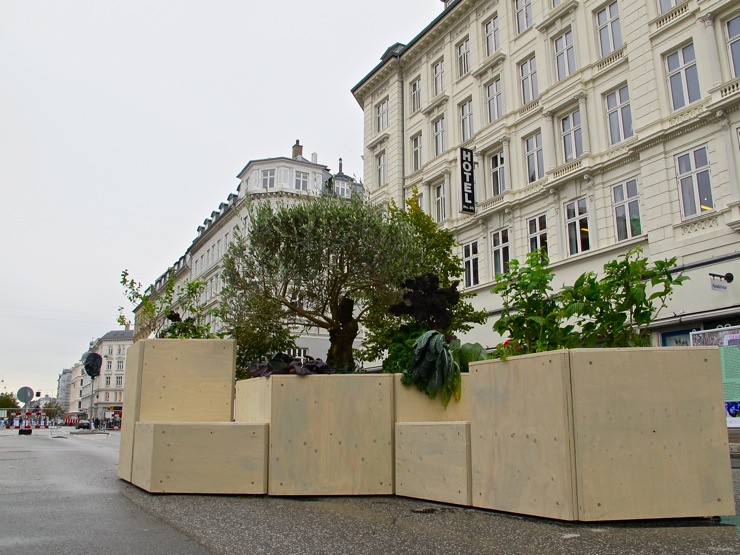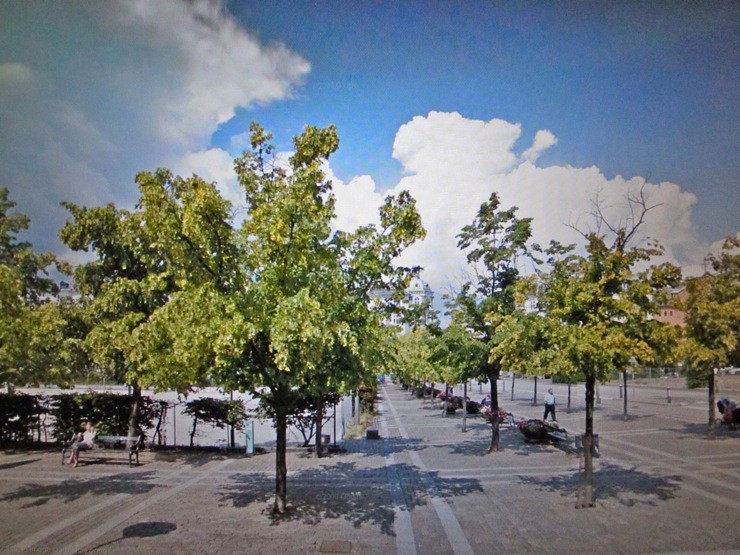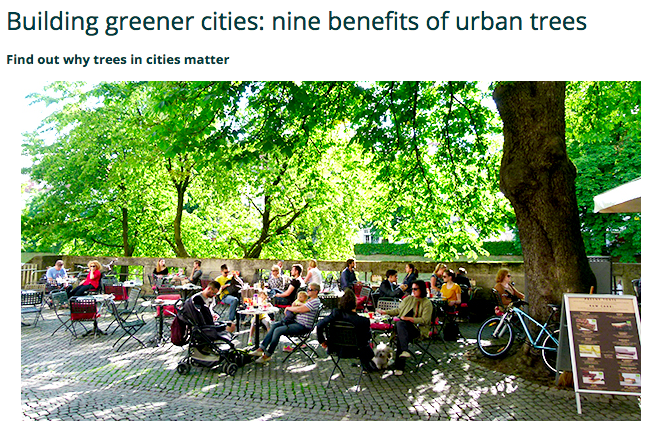Det andet af to indlæg fra
Classic Copenhagen, der ledte til Red Byens Træer.
The green spots of Copenhagen are
disappearing fast. What can we do to preserve what is left? First, we can look at why the trees are cut down.
Some are sick.
Among other things disease travel with the young trees imported from tree nurseries. How is that for irony? If we were not so busy cutting down healthy old trees to replace them with young, the risk just might decrease. Other trees are weakened by pollution and things like heavy salting during winter. I was just in Berlin, where they used gravel on sidewalks instead of salt. Just as fine, but not as damaging to the environment. Incidentally the Berlin trees are huge, healthy and plenty. Why be stuck in our ways, when they are not working for us? How about we rethink that?
Then there are the major construction projects.
The most damaging one is currently the new metro line, and in this case someone actually came up with a solution.
Jørgen Dahl Madsen rescues trees, and relocates them for the cost of the transportation. Using a tree transplanting machine that gently lifts the tree by the roots, preserving the base, so it can be replanted somewhere else.
Halfway in during the cutting down of the 80 famous Kings New Square trees "Krinsen" (you can spot them behind Bert
here), he managed to stop the process and rescue the remaining 52. So far, he is up to a total of 300 relocated "metro trees", bringing new life to school yards, kindergartens and backyards, and he has created a small forest of 100 trees in the windblown Ørestad. I hope I get the chance to document one of these rescues myself one day, but for now I have borrowed his own images:
Removal on Kongens Nytorv/Kings New Square, Krinsen.
In transit.
The transplant.
I am torn between being deliriously exited that it can be done, and incredibly frustrated that we are still cutting down trees that could have been rescued by this method. This should be the only option when dealing with healthy trees. Transplanters comes in all sizes, the city should invest in a fleet, and put our savior of the trees in charge of operating them.
The flatteners and the profiteers:
Which brings me to another issue. Don't allow the architects to flatten our landscape, but instruct them to implement trees that have been part of the cityscape for hundreds of years. Like the ones by the farmers market (see previous post). There was no reason why these trees could not still have been around. If it meant narrowing the space between the glass houses slightly, then so be it. Preserving majestic old trees should be prioritised. We can't leave that call up to a greedy real estate developer, and expect him to do anything, but what lines his pockets. He should be ordered to respect our trees. And he deserves our wrath for robbing us of something so precious. I am not in a forgiving mood.
I have to show you this one. Perhaps to boost the image of Copenhagen as a green city, they have made this set of trees on wheels, to be pushed around for the perfect photo op.

I can't... I can't... find the words.
Since I have brought this subject up, I am approached by people who share my concern. Some have documented old trees being cut down to make space for parking. The examples keep pouring in, indicating that the problem is big and pressing. I would suggest that the city appointed an advocate for the trees. Someone to keep an eye on new projects, who could step in and ensure that the remaining vegetation is properly protected.
Here we go again.
Currently the city plans to demolish the only 30 year old retirement home Sølund, just around the corner from me, destroying everything that grows there, including rare and giant trees. And, by the lakes a row of ancient chestnut trees are in danger of being cut down, to make room for... asphalt. I beg you?
If you have any ideas how to turn this around, please leave a comment, we need all the help we can get. Also, we have made a group on facebook, where you can come up with suggestions, report endangered city trees and keep up with the latest news:
Red Byens Træer (in Danish).
Maybe we can make a difference? We have to try.
♥



















